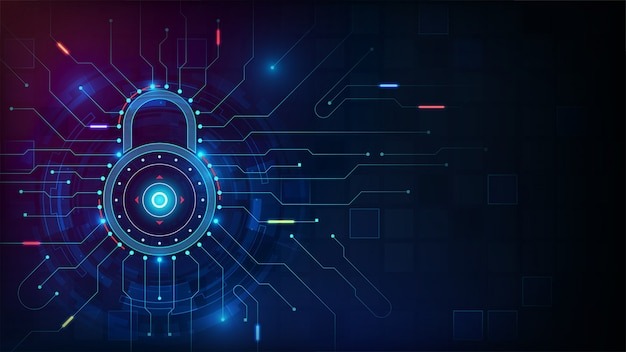Automation in cybersecurity offers numerous benefits, but it also comes with its own set of challenges. Here’s a closer look at the rise of automated cybersecurity solutions, including their advantages and potential pitfalls.
What Are Automated Cybersecurity Solutions?
Automated cybersecurity solutions use advanced technologies such as artificial intelligence (AI), machine learning (ML), and automation scripts to detect, prevent, and respond to cyber threats with minimal human intervention. These solutions are designed to handle repetitive tasks, analyze vast amounts of data, and make real-time decisions to protect systems and networks.
Benefits of Automated Cybersecurity Solutions
- Enhanced Efficiency and Speed Automated solutions can process and analyze large volumes of data much faster than human analysts. This speed is crucial for identifying and responding to threats in real time. Automated systems can quickly detect anomalies, initiate responses, and mitigate potential risks, reducing the time it takes to address security incidents.
- Reduced Human Error Cybersecurity tasks such as monitoring logs, applying patches, and responding to alerts are prone to human error. Automated solutions minimize the risk of mistakes by following predefined protocols and rules. This increased accuracy helps ensure that critical security measures are consistently applied without oversight.
- Cost Savings Automating routine cybersecurity tasks can lead to significant cost savings. By reducing the need for manual intervention, organizations can optimize their workforce and allocate resources more effectively. Automated solutions can handle repetitive tasks that would otherwise require additional personnel, leading to more efficient use of time and budget.
- Scalability As organizations grow, their cybersecurity needs become more complex. Automated solutions are designed to scale with the organization, handling increased volumes of data and more intricate security challenges. This scalability ensures that security measures remain effective even as the organization expands.
- Proactive Threat Detection Advanced automated solutions use AI and ML to analyze patterns and identify potential threats before they escalate. By detecting anomalies and suspicious activities early, these solutions can provide proactive threat detection, reducing the likelihood of successful cyberattacks.
Challenges of Automated Cybersecurity Solutions
- False Positives and Negatives Automated systems are not infallible. They can generate false positives, where legitimate activities are flagged as threats, or false negatives, where actual threats are missed. Fine-tuning these systems to minimize errors while maintaining effectiveness can be challenging and requires ongoing adjustments.
- Complexity and Integration Issues Integrating automated cybersecurity solutions with existing IT infrastructure can be complex. Compatibility issues, configuration challenges, and the need for seamless integration with other security tools can create hurdles. Organizations must ensure that automated solutions work harmoniously within their broader security ecosystem.
- Dependency on Technology Relying heavily on automated solutions can create a dependency on technology. In the event of a system failure or technical issue, organizations may find themselves vulnerable if there is insufficient manual oversight or backup measures in place. Balancing automation with human oversight is essential to ensure comprehensive security.
- Cost of Implementation While automation can lead to long-term cost savings, the initial investment in automated cybersecurity solutions can be substantial. Costs associated with purchasing, configuring, and maintaining these systems can be high, especially for smaller organizations with limited budgets.
- Adapting to Evolving Threats Cyber threats are constantly evolving, and automated solutions need to keep pace with these changes. Ensuring that automated systems are regularly updated and capable of adapting to new types of threats is crucial. Continuous training and updates are required to maintain the effectiveness of these solutions.
Conclusion
The rise of automated cybersecurity solutions represents a significant advancement in the fight against cyber threats. By offering enhanced efficiency, reduced human error, and scalable protection, these solutions play a crucial role in modern cybersecurity strategies. However, organizations must also be aware of the challenges, including potential integration issues, false positives, and the need for ongoing adaptation. To make the most of automated cybersecurity solutions, businesses should carefully evaluate their specific needs, invest in high-quality systems, and maintain a balance between automation and human oversight. By doing so, they can strengthen their defenses and stay ahead in the ever-evolving landscape of cyber threats.



